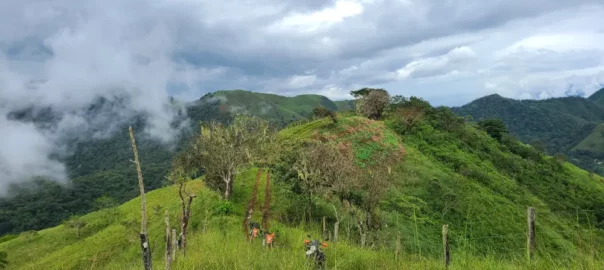Coto Brus Canton, Costa Rica
In the south of Costa Rica, bordering the Panamanian border is a valley full of natural riches. Rivers, mountains, and forests coexist in a temperate climate along with a small community of Costa Ricans.
Around 44,000 inhabitants, in an area of 944 square kilometers, enjoy these blessings thanks to a geography that has been difficult to conquer.
This place is called Coto Brus, canton number 8 of the province of Puntarenas.
We will explain in this article why Coto Brus is part of our Sour Tour and some of the special places we will find there.
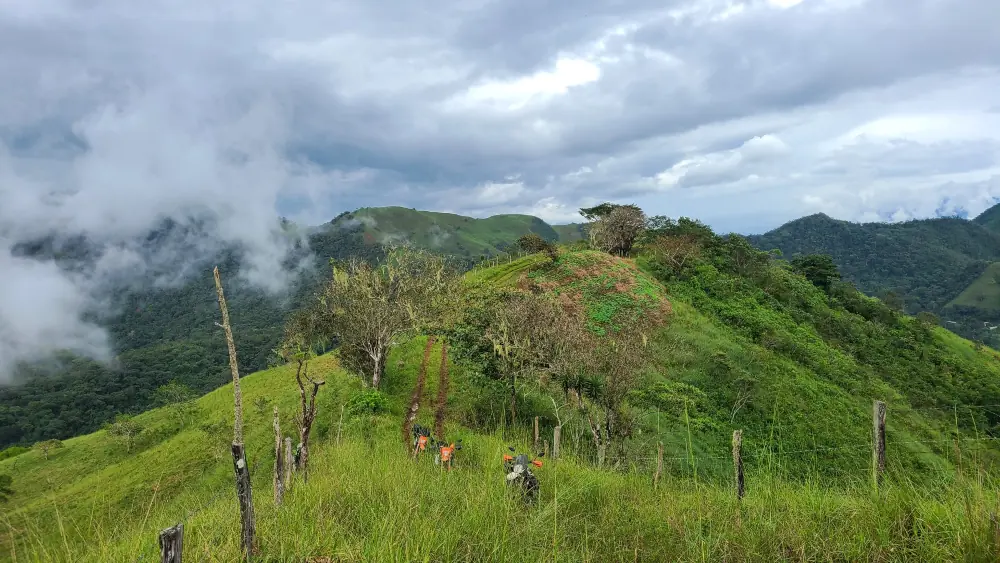
The Mountains of Coto Brus canton
Coto Brus Valley
To the east are the mountains of the Cordillera Central Sur, with hills that reach 2000 to 3500 meters. Like the Pico Blanco mountain of 3560 meters, from which you can see both oceans.
As you travel east, you will find depressions between the steep mountain slopes, created by the hundreds of streams and rivers that run along the slopes.
This has made the creation of roads and bridges to access the Coto Brus valley very difficult.
The area was conquered in the 20th century. A group of indigenous people, the Boruca, inhabited the area, taking advantage of the difficult access and lived in peace for centuries. However, almost the entire area was uninhabited by the beginning of the 20th century.
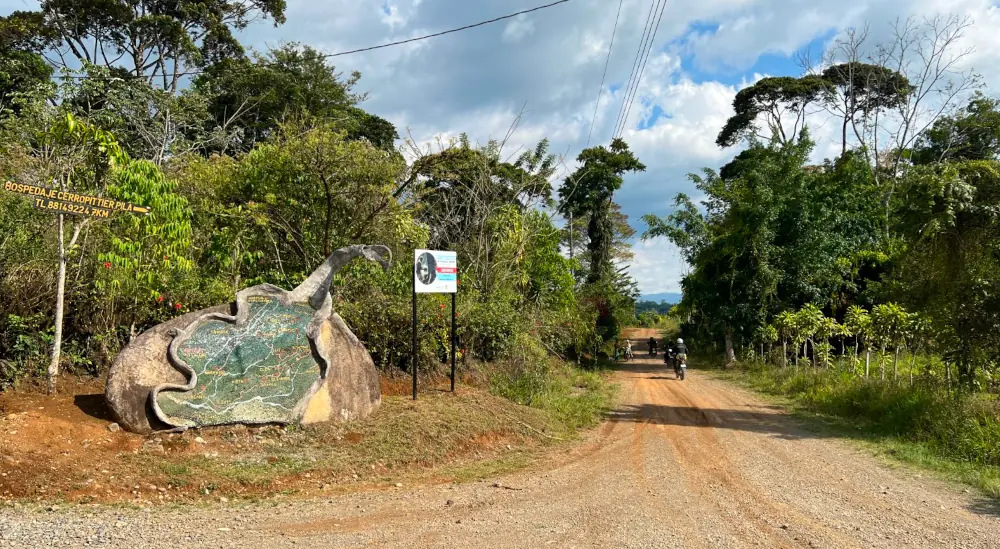
Many of the roads in Coto Brus will be the delight of offroad motorcycling enthusiasts
Coto Brus Canton begins to take shape
During the second decade of the 20th century, the first Costa Rican families began to arrive, attracted by the promise of new lands. However, before this colonization, a small war was fought between Panama and Costa Rica. The Costa Ricans found a small village under the jurisdiction of the neighboring country. According to Costa Rica, that village was in Costa Rican territory according to a previous treaty, the White Ruling.
The war ended quickly with the signing of a treaty that returned Bocas del Toro to Panama and Coto Brus to Costa Rica.
In 1940, the first families settled in the area, seeking to be part of the jobs generated by the construction of the Inter-American Highway.
In 1951 the famous Italian colonization took place. The SICA company brings a group of families from that country, who together with Costa Rican families, developed the industry that would make Coto Brus a prosperous canton: Coffee!
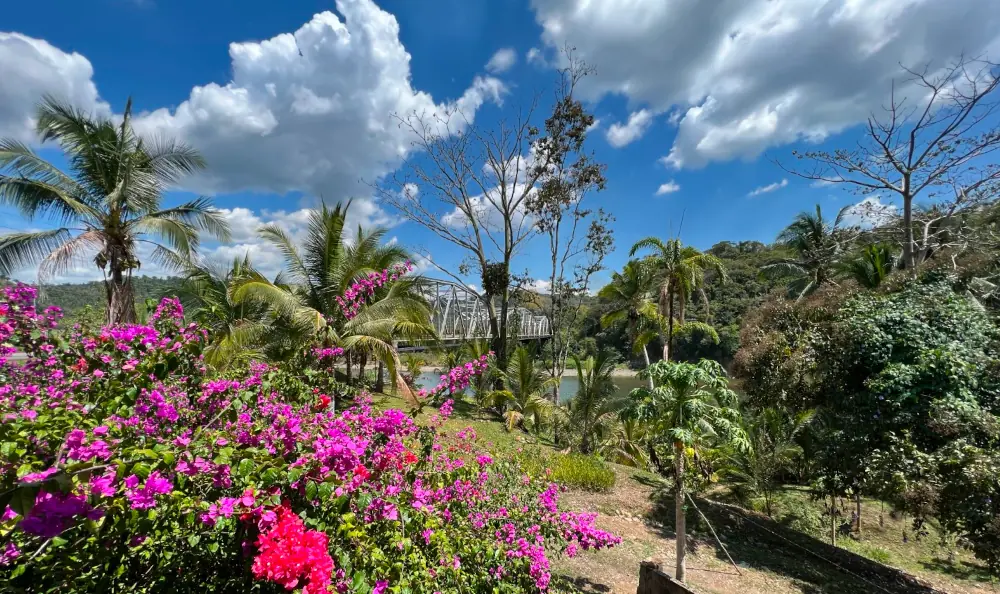
Coto Brus in our days
Growth was slow, due to the lack of roads and infrastructure, the export of products to other areas was difficult. It was not until December 10, 1965 that the area became the canton of Coto Brus.
In 1982 there were already 10,000 inhabitants. The foundation of San Vito contributed a lot to the development. The city founded by Vito Sansonetti made it possible to centralize the exchange of products and services in the canton.
Thanks to the creation of an airfield, access to the area has been facilitated, especially for tourists.
The area is relatively new to tourism development. But this has allowed the hotels to be more artisanal, offering unique experiences to selective clients who shun mega-hotels.
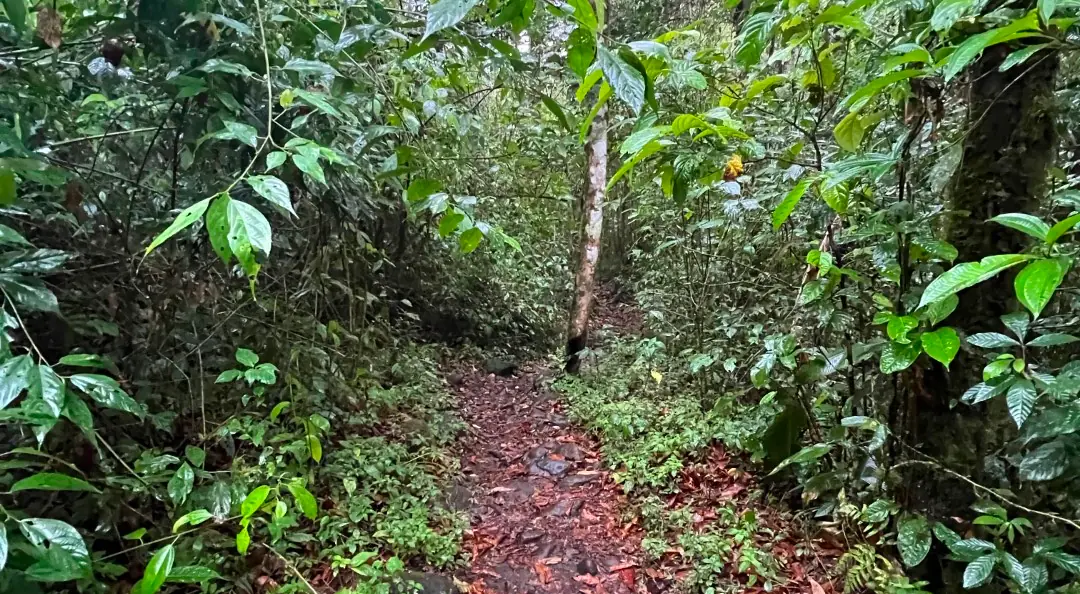
What to do around the area
Despite the presence of coffee farms, most of the area is still cloud forest. This guarantees sightings of rare species of animals and plants.
There are also coffee tours, the farm owners set up hotels on their properties. They offer interesting tours about coffee production and the history of the canton.
The presence of hot springs up the Coton River has created a small hotel industry near the community of Agua Caliente.
Further north, the presence of Pittier Hill is a must for those who love hiking.
There are many protected areas, such as Las Tablas, a special area that protects a very important montane rainforest. It is great for offroad enthusiasts, as the access is a mud and ballast road through forests and rivers.
Coton Altura communities will delight those looking for beautiful rural villages that live in harmony with the surrounding forest.
Conclusion
Coto Brus is tourism for connoisseurs, people looking for legitimate experiences, without artificial ingredients. Unique places that remain untouchable. Places that have survived the passage of time, maintaining their traditions, culture and idiosyncrasy.
A land of farmers, ranchers, artisans and land lovers.
If you lack some services, you can find banks, dentists, mechanic shops and even a hospital in the city of San Vito.
There are also public and private health services in the district capitals.
SIf you want to explore this beautiful area, remember that our South Tour makes a stop here. If you want a more in-depth exploration, we can customize a motorcycle tour to your liking. Contact us if you want more information about our motorcycle tours in Costa Rica, Nicaragua and Panama.
Disclaimer: This is content created by a human being, to help and guide other human beings with reliable first-hand information.

